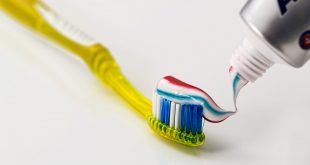15% of the U.S.’s population is allergic to pets, namely cats and dogs. For them, symptoms can range from a mild stuffy nose and swelling to severe rashes, difficulty breathing, or even an asthma attack.
Allergies are simply symptoms of the immune system attacking what it perceives to be a threat — in this case, pet dander, urine, or saliva. Contrary to popular belief, pet hair is not one of these allergens, or the substance that causes an allergic reaction. These allergens collect on furniture, in rug fibers, on clothing, and can remain suspended in air for up to months. They are further spread by vacuuming, using an AC unit, and having a cluttered living area.
If you are a pet owner that is unfortunately allergic to them, the best option is to remove your pet from the home. It is understandable, however, that you might be unwilling to part from them. To avoid aggravating your allergies further, here are some steps you may take:
- Remove your pet from the bedroom, where you spend most of your time.
- Keep your house clean. Wipe down any surfaces often.
- Bare floors and walls are best. If you have carpet, select one with a low pile and steam clean it frequently. Throw rugs are another good option.
- Wear a dust mask to vacuum. Use a vacuum with a HEPA filter.
- Change your clothes after prolonged exposure with your pet.
- Cover bedroom vents with dense filtering material like cheesecloth
- Use an air cleaner at least four hours per day.
- Wash your pet every week to reduce allergens.
- Have someone without a pet allergy brush the pet outside to remove dander as well as clean the litter box or cage.
- Ask your allergist about options for medicine or immunotherapy.
 Tempus Magazine By Students, For Students
Tempus Magazine By Students, For Students 



